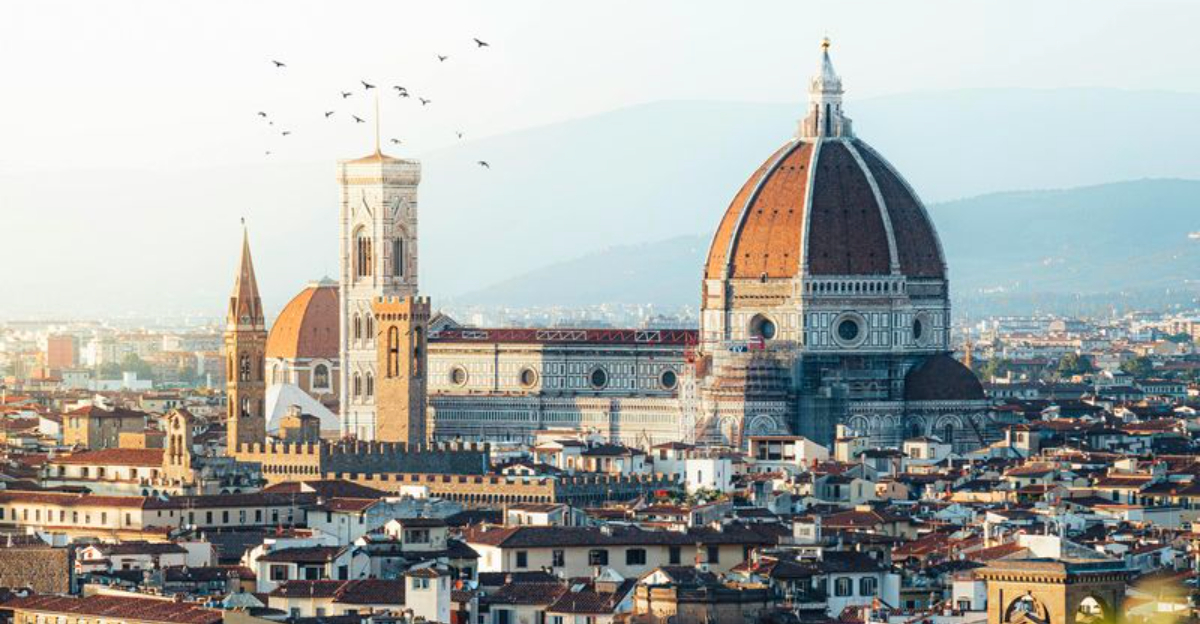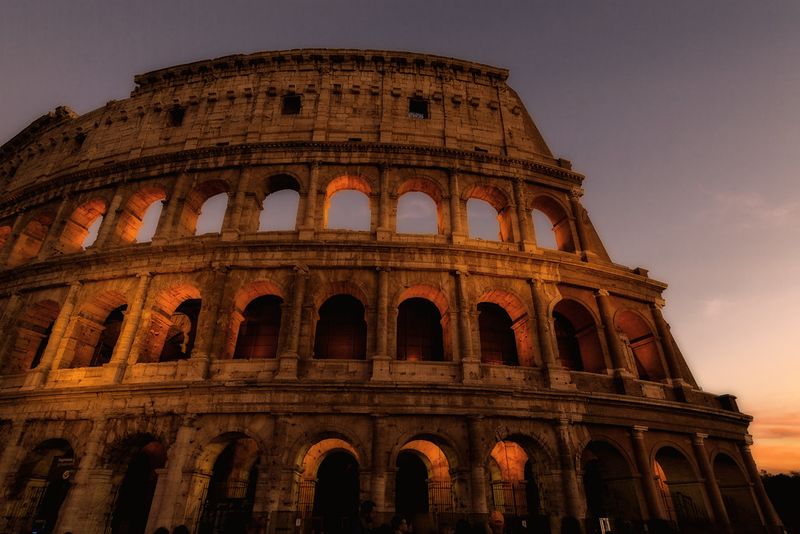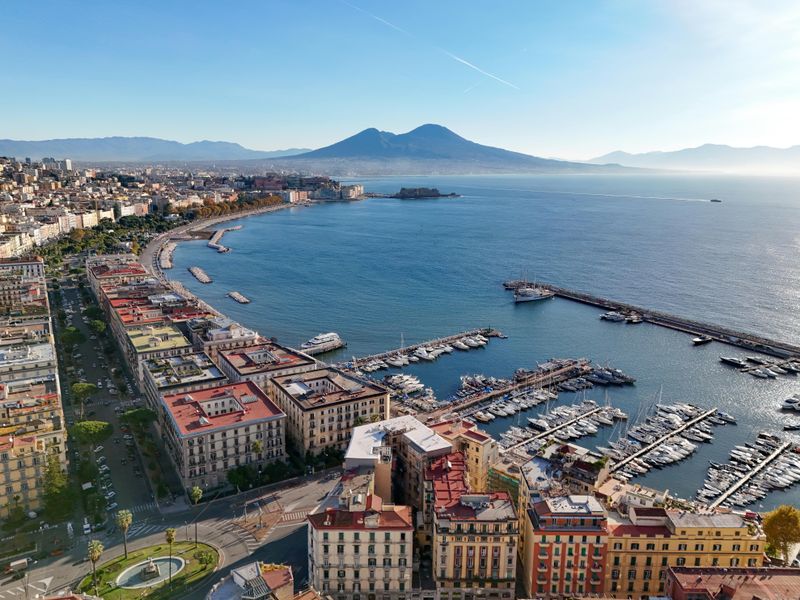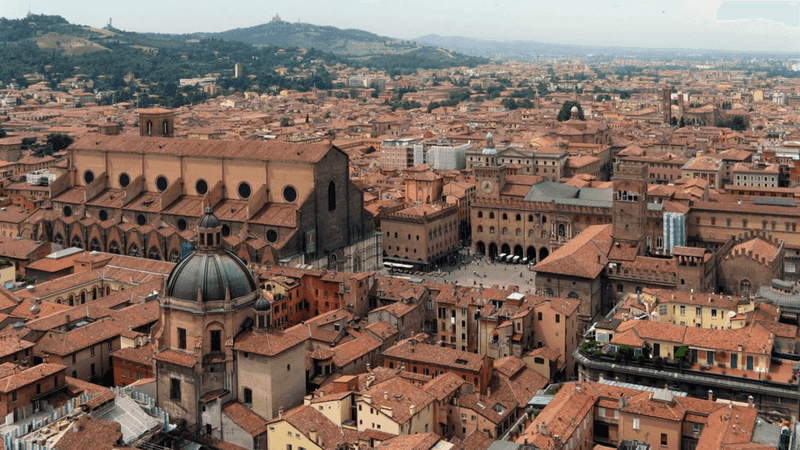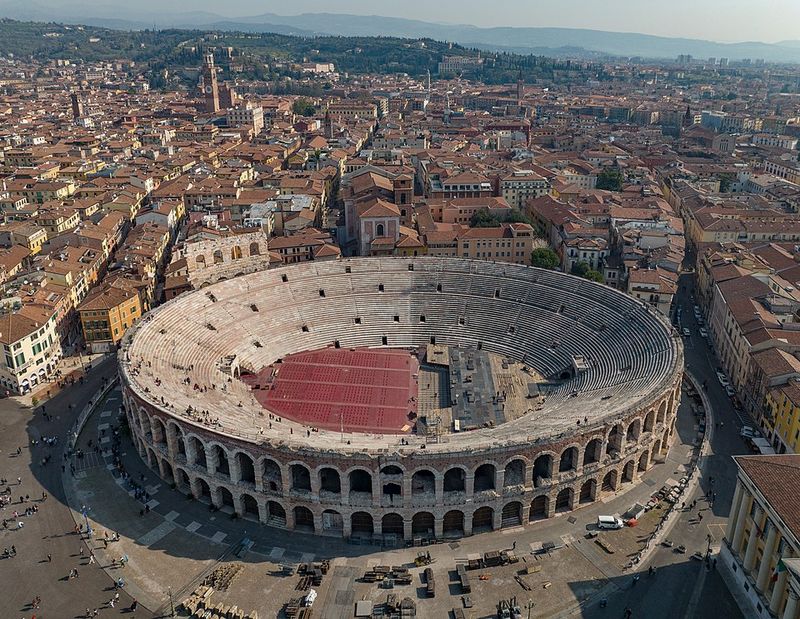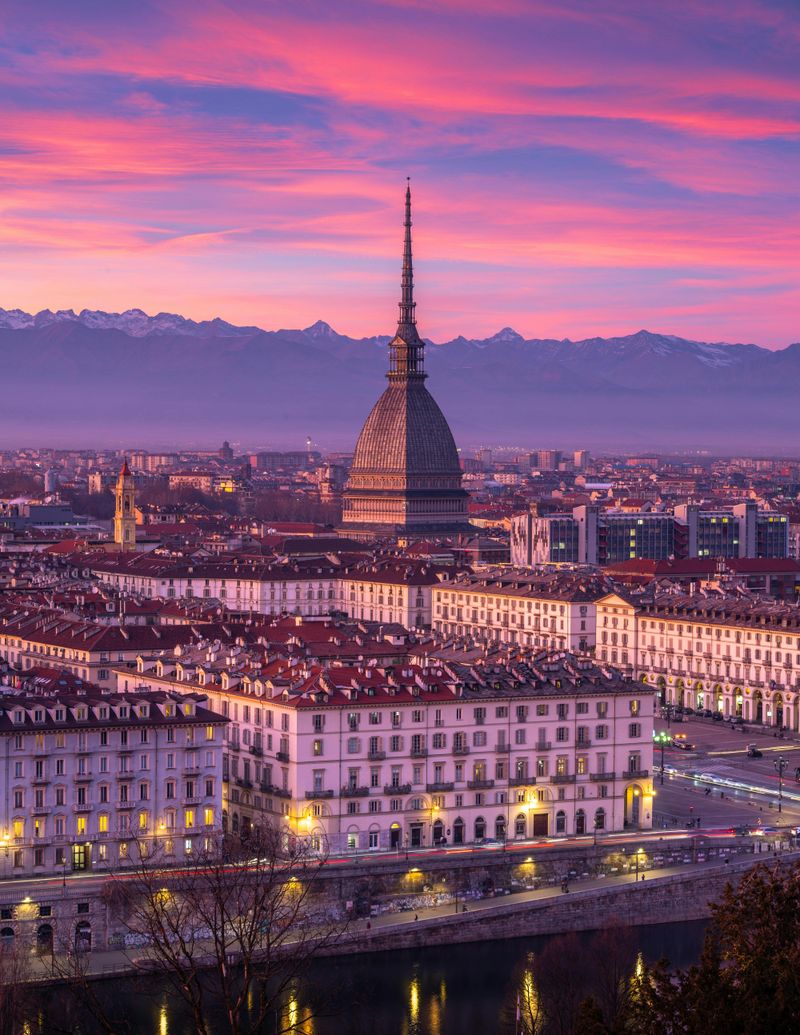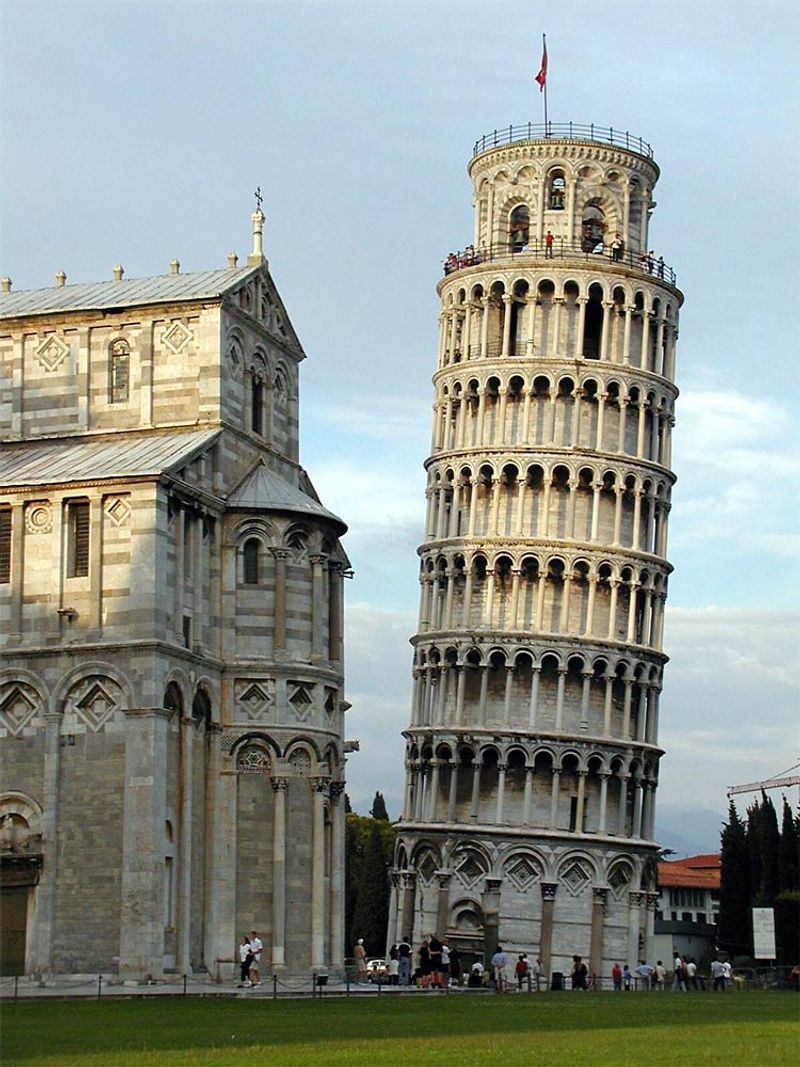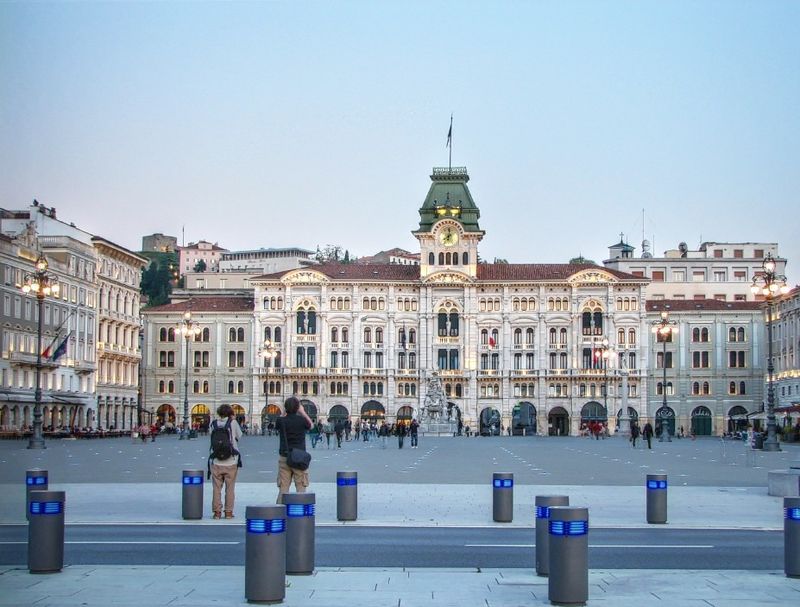Italy, a country of unparalleled beauty, offers a tapestry of landscapes and cultures in its cities. From the tranquil countryside to the bustling coastlines, each city presents a unique blend of history, art, and gastronomy. Join us as we explore 15 of Italy’s most breathtaking cities, where every street and square tells a story of its own.
Venice
A floating masterpiece built on a lagoon, Venice remains one of the most unique cities on Earth. Its maze of canals, arched bridges, and pastel palaces create a dreamlike setting. Gondolas glide past Gothic facades, while St. Mark’s Basilica and the Doge’s Palace showcase centuries of Venetian grandeur.
The city’s magic deepens at sunrise and dusk when the canals shimmer in golden light. Beyond the tourist paths, neighborhoods like Cannaregio and Dorsoduro reveal local life—quiet squares, tiny bacari (wine bars), and seafood straight from the Adriatic. Despite its fragility, Venice endures as a breathtaking reminder of human artistry in harmony with water.
Rome
Rome is where history lives and breathes. The Eternal City blends ancient ruins, Renaissance splendor, and vibrant modern life in a way that feels effortlessly timeless. Standing before the Colosseum or the Pantheon connects you to millennia of civilization, while the Vatican’s art treasures—especially Michelangelo’s Sistine Chapel—showcase divine human creativity.
But Rome’s beauty also thrives in its street scenes: locals sipping espresso in piazzas, flower-covered balconies, and the glow of golden light on cobblestones at sunset. Whether exploring Trastevere’s narrow lanes or tossing a coin in the Trevi Fountain, every corner of Rome tells a story worth savoring.
Milan
Often seen as Italy’s fashion capital, Milan is also a city of striking contrasts—modern design and historic grandeur coexist seamlessly. The magnificent Duomo di Milano, with its marble spires, dominates the skyline, while Leonardo da Vinci’s “The Last Supper” remains a must-see cultural treasure.
Stylish locals fill the boutiques of Via Montenapoleone, but beyond the glamour, Milan surprises with peaceful canals, leafy parks, and vibrant art spaces. The city’s energy is forward-looking, yet it honors its past through elegant architecture and cuisine. From opera at La Scala to aperitivo hour in Brera, Milan’s sophistication defines contemporary Italian beauty.
Siena
Siena captures the essence of medieval Tuscany. Its terracotta rooftops, Gothic architecture, and maze-like streets radiate old-world charm. The heart of the city is Piazza del Campo, a stunning shell-shaped square where locals gather and the famous Palio horse race takes place each summer.
The Siena Cathedral, with its intricate marble façade, rivals any in Italy for sheer beauty. Wandering through its quiet alleys reveals artisanal shops and rustic eateries serving pici pasta with rich wild boar sauce. Set amid rolling vineyards and cypress-lined hills, Siena’s magic lies in its ability to make history feel alive and personal.
Naples
Naples bursts with color, flavor, and life. Overlooking the Bay of Naples and Mount Vesuvius, this southern gem offers a raw, authentic charm that feels distinctly Italian. Its narrow streets buzz with scooter horns, laughter, and the aroma of fresh pizza—the city’s most famous gift to the world.
Beyond the chaos lies deep beauty: Baroque churches, ancient catacombs, and views that rival any Mediterranean postcard. The nearby Amalfi Coast, Capri, and Pompeii make Naples the perfect gateway to southern Italy’s wonders. It’s a city of contrasts—gritty yet grand, untamed yet unforgettable, and always pulsing with soul.
Florence
The heart of the Italian Renaissance, Florence dazzles visitors with its blend of art, architecture, and Tuscan charm. The city’s skyline—dominated by Brunelleschi’s red-tiled Duomo—sets the tone for centuries of cultural brilliance. Masterpieces by Michelangelo and Botticelli fill the Uffizi Gallery, while the Ponte Vecchio offers romantic sunset views over the Arno River.
Beyond its grand monuments, Florence’s cobblestone streets and bustling markets pulse with energy and flavor. A stroll through the Oltrarno district reveals artisan workshops, cozy cafés, and authentic trattorias serving ribollita and Florentine steak. Florence’s beauty lies not just in its art but in the everyday life that flows gracefully around it.
Bologna
Bologna is Italy’s culinary heart and one of its most underrated cities. Its terracotta buildings, long porticoes, and medieval towers create a warm, welcoming atmosphere. Known as “La Grassa” (the fat one) for its food, Bologna delights visitors with tagliatelle al ragù, mortadella, and handmade tortellini.
Beyond its gastronomy, it’s also home to Europe’s oldest university and a lively student culture that keeps the city vibrant. The arcaded streets glow at sunset, while local markets burst with fresh produce and color. Bologna’s mix of intellectual energy and everyday indulgence makes it one of Italy’s most satisfying cities to explore.
Verona
Famous as the setting for Shakespeare’s “Romeo and Juliet,” Verona is a city of romance and elegance. Its pink-hued marble streets lead to Roman amphitheaters, Renaissance palaces, and scenic riverfronts. The Verona Arena, still used for opera performances, rivals the Colosseum in grandeur.
Juliet’s Balcony attracts lovers from around the world, but Verona’s real charm lies in its peaceful piazzas, like Piazza delle Erbe, filled with colorful market stalls and historic frescoes. Set along the Adige River, the city glows especially at twilight, when its bridges and towers seem to shimmer in the golden Italian light.
Turin
Nestled at the foot of the Alps, Turin offers a blend of regal architecture and northern refinement. Once the capital of Italy, it boasts grand boulevards, elegant arcades, and stately piazzas. The Mole Antonelliana dominates the skyline, housing the National Cinema Museum, while the city’s Baroque churches and palaces reflect its royal past.
Turin is also known for its chocolate, coffeehouses, and rich culinary tradition—this is the birthplace of gianduja and the Italian aperitivo. With its blend of sophistication, history, and mountain views, Turin feels like Italy’s hidden gem waiting to be rediscovered.
Pisa
Beyond its world-famous Leaning Tower, Pisa offers a wealth of beauty and history. The Piazza dei Miracoli, where the tower stands, is a UNESCO World Heritage Site that also includes the stunning cathedral and baptistery, all clad in white marble.
But Pisa’s charm extends beyond its monuments—wander through the Arno River’s embankments, and you’ll find lively cafés, Renaissance architecture, and a thriving university culture. The pastel façades and peaceful gardens give the city an inviting warmth. Pisa combines architectural grandeur with small-town liveliness, offering a perfect slice of Tuscan life beyond the tourist crowds.
Palermo
Palermo, the capital of Sicily, is an intoxicating blend of cultures and colors. Greek, Arab, Norman, and Italian influences collide in its mosaics, street food, and architecture. The Palatine Chapel’s golden mosaics shine with otherworldly beauty, while the bustling markets—Ballarò and Vucciria—overflow with fresh produce, spices, and seafood.
The scent of cannoli and arancini fills the air, and Baroque façades contrast with crumbling palazzi that tell stories of centuries past. Palermo’s imperfect beauty and vibrant chaos make it one of Italy’s most fascinating cities—a living mosaic where every corner feels alive with history.
Matera
Few places in Italy can rival Matera’s visual drama. Carved into limestone cliffs in southern Basilicata, the city’s ancient cave dwellings—known as “Sassi”—create a mesmerizing, honey-colored labyrinth. Once one of Europe’s poorest areas, Matera has transformed into a cultural jewel, earning UNESCO status and serving as a film location for “The Passion of the Christ” and “No Time to Die.”
At night, the stone dwellings glow under golden light, creating an almost biblical atmosphere. Matera embodies resilience, beauty, and rebirth, proving that even the humblest origins can lead to breathtaking transformation.
Lecce
Often called the “Florence of the South,” Lecce dazzles with its baroque architecture carved from warm, honey-colored limestone. The city’s ornate churches, grand piazzas, and winding streets exude southern charm. Highlights include the Basilica di Santa Croce and the Piazza del Duomo, both masterpieces of intricate design.
Lecce’s lively cafés and artisan shops make it perfect for slow exploration. Located in the heart of Puglia, the city also offers easy access to stunning beaches and olive groves. Lecce’s blend of architectural splendor and laid-back southern warmth makes it a true Italian treasure.
Trieste
Trieste is a city unlike any other in Italy—a crossroads of Italian, Austrian, and Slavic cultures. Perched on the Adriatic Sea near Slovenia, it boasts neoclassical architecture, elegant cafés, and sweeping sea views. Once part of the Austro-Hungarian Empire, Trieste retains a Central European feel, evident in its grand boulevards and literary heritage—James Joyce lived and wrote here.
Piazza Unità d’Italia, opening directly onto the sea, is one of Europe’s most beautiful squares. With its blend of cosmopolitan elegance and seaside serenity, Trieste stands as Italy’s most quietly enchanting city.
Perugia
Perugia, the capital of Umbria, is a hilltop city that embodies the rustic beauty of Italy’s green heart. Its medieval walls, winding alleys, and panoramic views make it irresistibly picturesque. The city is home to one of Italy’s oldest universities, which keeps its atmosphere youthful and lively.
Chocolate lovers flock here for the annual Eurochocolate Festival, celebrating the region’s famous Perugina sweets. Art and history thrive in equal measure—the Galleria Nazionale dell’Umbria houses masterpieces by Perugino and Pinturicchio. Perugia’s timeless mix of culture, charm, and countryside views makes it the perfect ending to any Italian journey.
